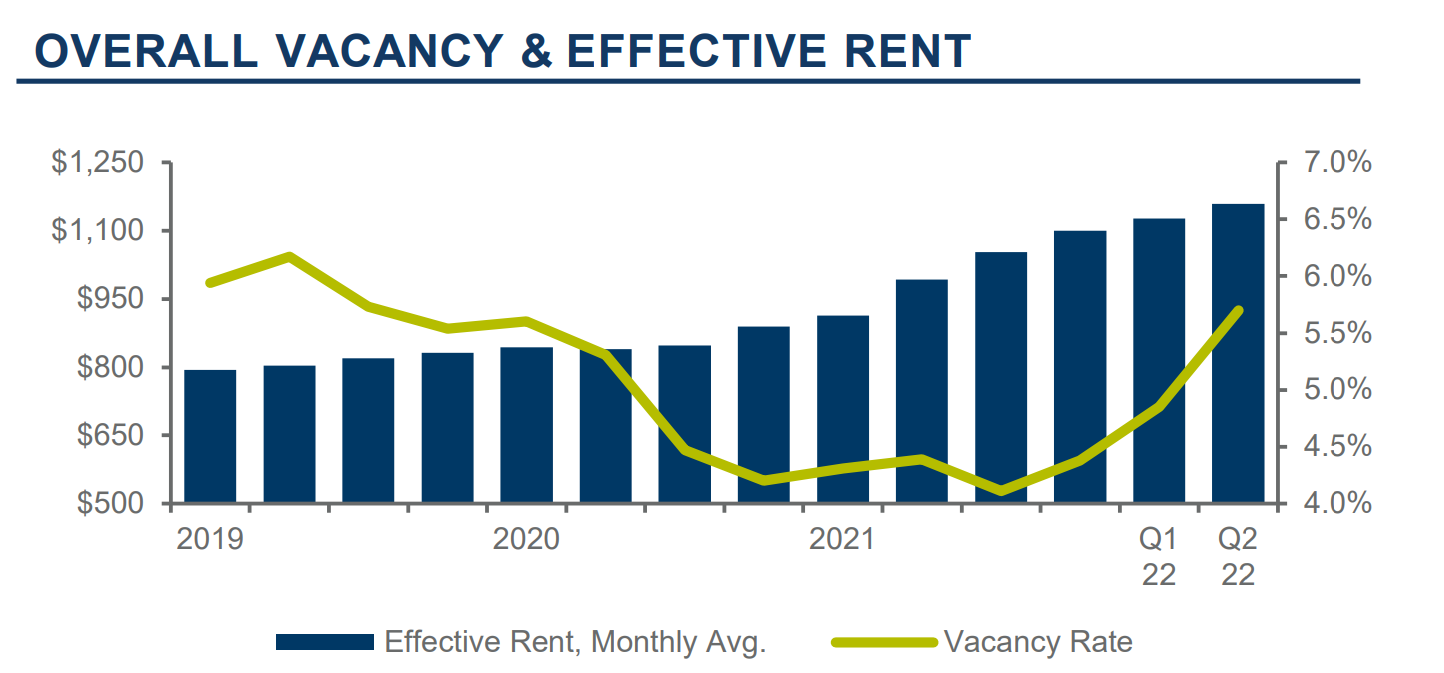Consumer spending has been trending away from soft goods into experiences, food, and entertainment driven by post-COVID
demand.
To read the full report, click here.
Retail vacancy rates are dropping everywhere except shopping malls with the primary absorption happening for leases under 5,000 square feet (sf). Restaurant spaces continue to be in high demand across the market, especially restaurant properties with drive-throughs. Drive-throughs may now serve both conventional “order at the window” customers as well as customers that order online and do a simple pick-up at the window. Online ordering expands demand for drive-throughs to operators such as Subway and Chipotle that have more involved ordering processes that benefit from the use of apps. Restaurant spaces larger than 4,000 sf continue to meet with a lukewarm response from the market as takeout food continues to gain popularity and large building footprints are no longer needed.
Consumer spending has been trending away from soft goods into experiences, food, and entertainment driven by post-COVID demand. While the Northwest Tucson submarket is still a major growth node, Southeast and Southwest Tucson are also experiencing high demand for retail space as they are also growing edges of the Tucson market and have been undersupplied for many years. This includes the I-19 corridor as it extends past Sahuarita and Green Valley.
While there is currently 150,000 sf of retail space under construction, only about 15% of it is available for lease with the rest being build-to-suit for auto parts stores and restaurants. In the investment sale market, Tucson is seeing a lot of activity from out-of-state investors, particularly California, because of higher cap rates. However, we are seeing cap rates going down as interest rates are climbing.





